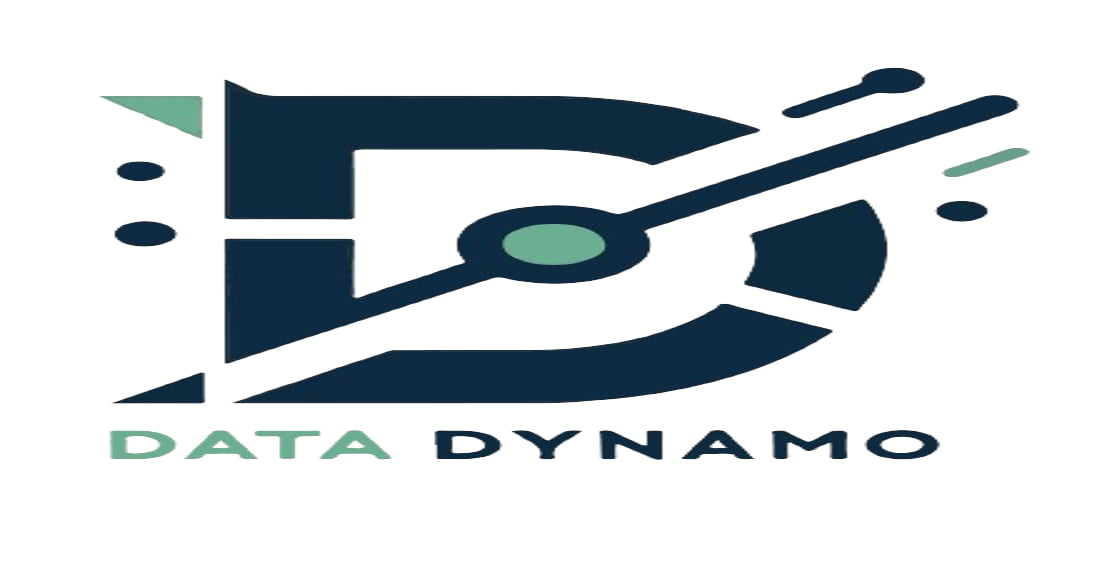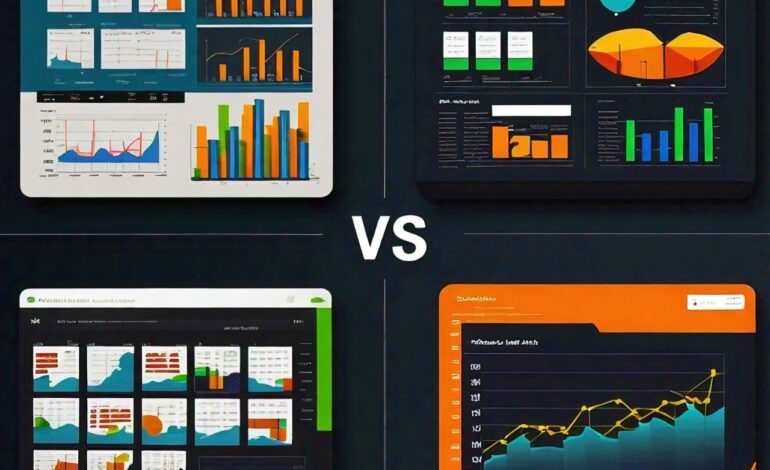
Tableau versus Power BI: A Detailed Analysis
Table of Contents
Overview
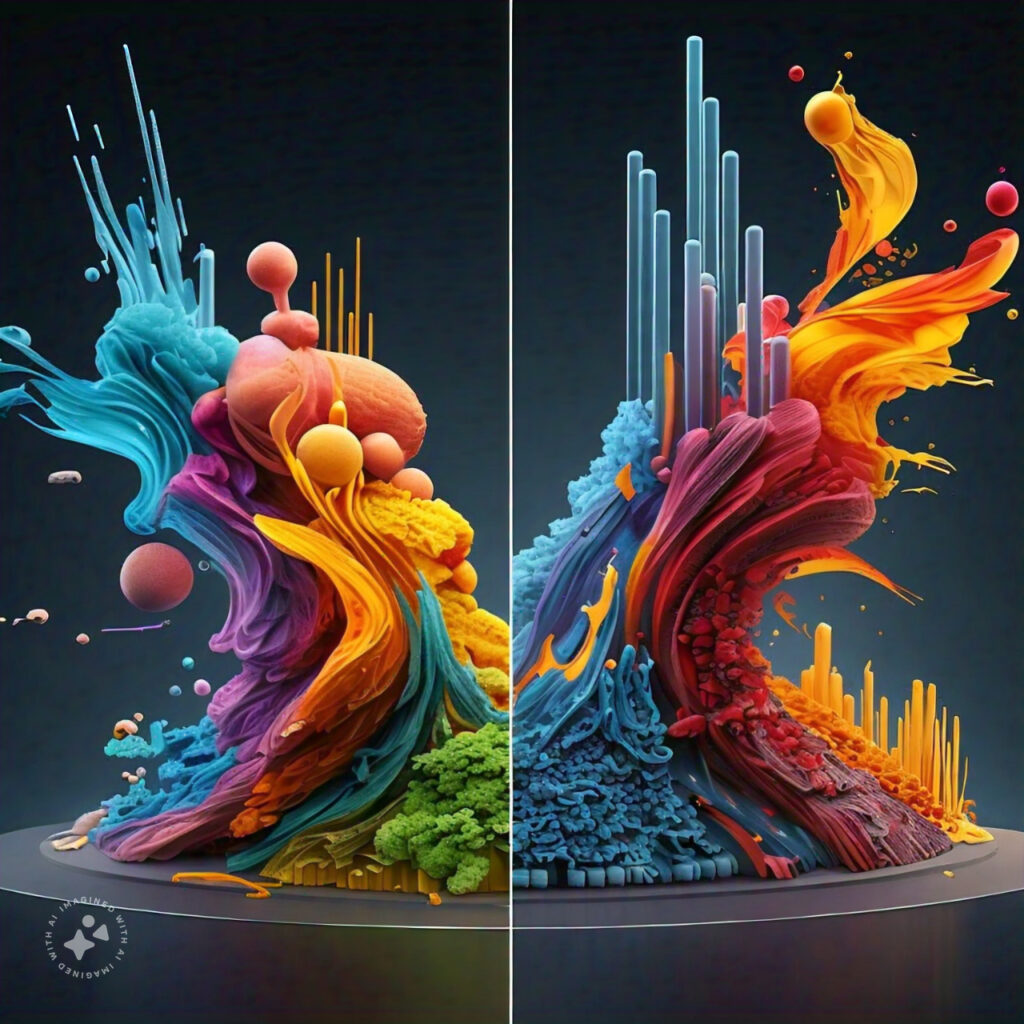
In today’s data-driven world, picking the right data visualisation tool could make or break a business. Businesses can turn raw data into useful information with the right tool, which helps them make better decisions and plan more strategically. Tableau and Power BI are two of the best options because they have a lot of features and can do a lot of things. This makes them popular choices in many industries. But which one should you choose (Tableau versus Power BI) ? Every tool is different and has its own strengths and weaknesses that make it useful for different people. Here is Tableau versus Power a detailed review of these two big names in data visualization to help you make your choice.
Tableau versus Power BI Read Full
History and Background
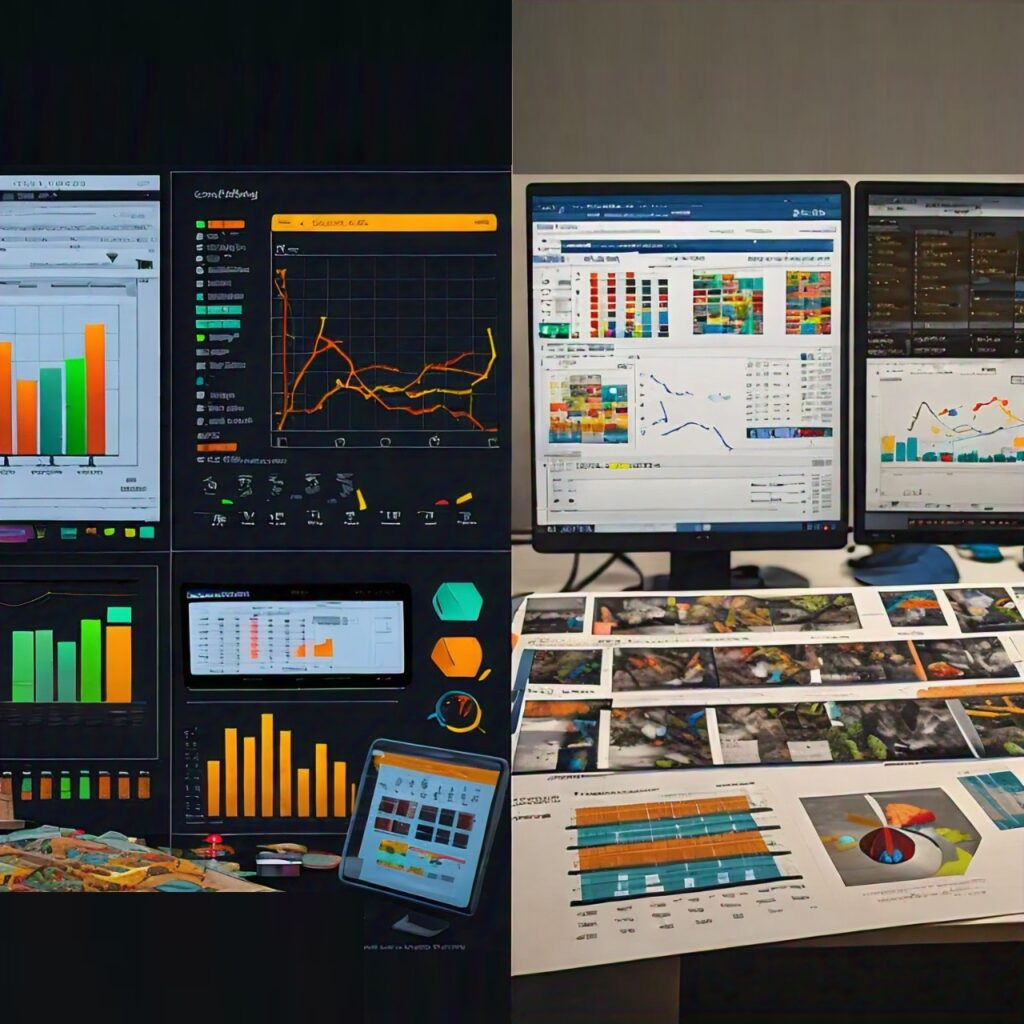
Tableau’s beginnings
Christian Chabot, Pat Hanrahan, and Chris Stolte launched Tableau in 2003. It started as a Stanford University initiative that sought to increase data accessibility through visualization. Tableau has developed into a potent tool over time, and because of its interactive and user-friendly data visualization features, organizations all over the world utilize it.
The History of Power BI
In contrast, Microsoft introduced Power BI in 2014. With Power BI, data analytics and visualization could be done on a more robust and approachable platform, building on the strengths of Excel’s data analysis capabilities. It became popular among businesses right once due to its smooth interaction with other Microsoft products.
Tableau versus Power BI Read Full
User Interface and Encounter
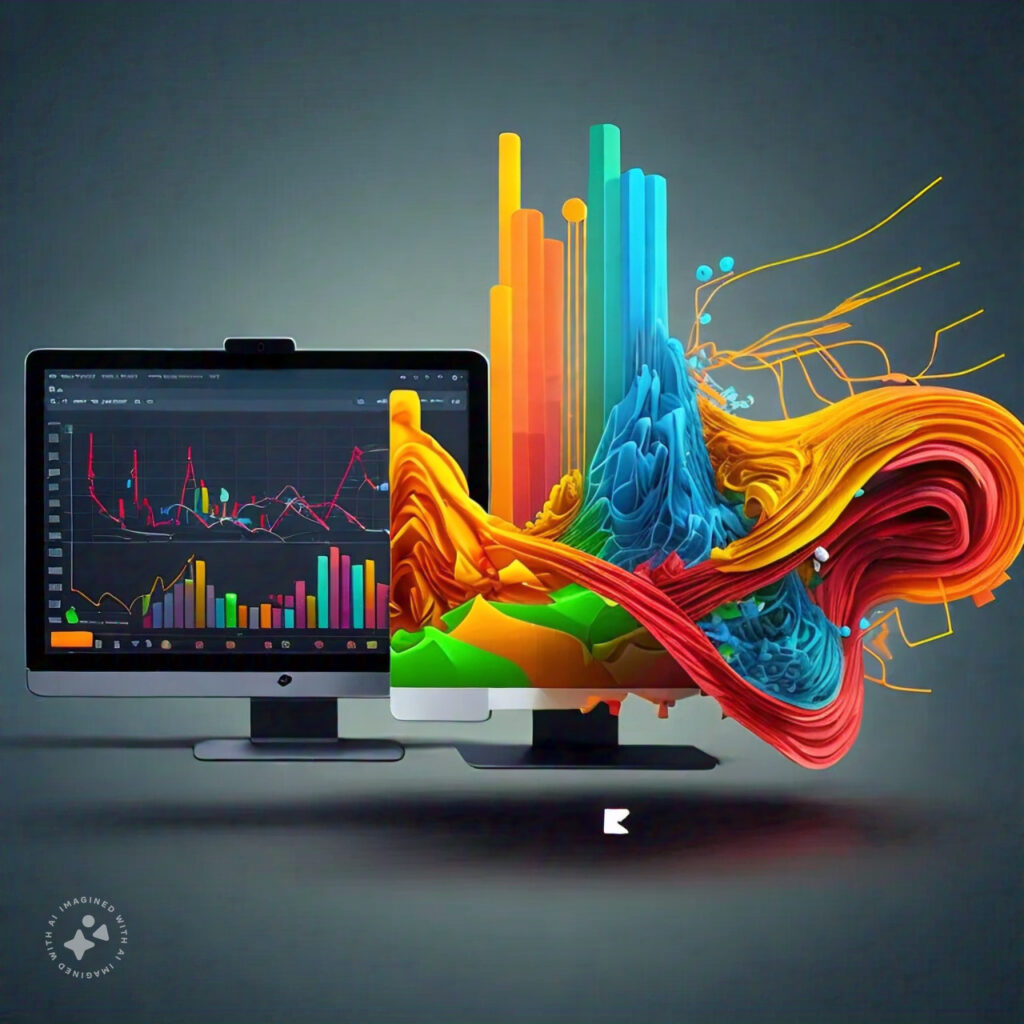
The Interface of Tableau
Tableau’s user interface is renowned for its beauty and simplicity. Without knowing any code, users may construct sophisticated visualizations using the drag-and-drop feature. Users may easily view their data in real-time because to the workspace’s simplicity and emphasis on the visualization itself.
The Interface of Power BI
Another feature of Power BI is its intuitive user interface, which is reminiscent of other Microsoft Office suites. The ribbon toolbar, which is recognizable to Excel users, facilitates easy navigation. In contrast to Tableau’s simple design, some users might find the interface to be a little crowded.
Evaluation of User-Friendliness Comparing
Tableau’s simple and uncluttered design gives it a tiny advantage in terms of user-friendliness. For those who are already familiar with the Office suite, Power BI is more convenient due to its interaction with Microsoft products.
Tableau versus Power BI Read Full
Connectivity and Data Integration
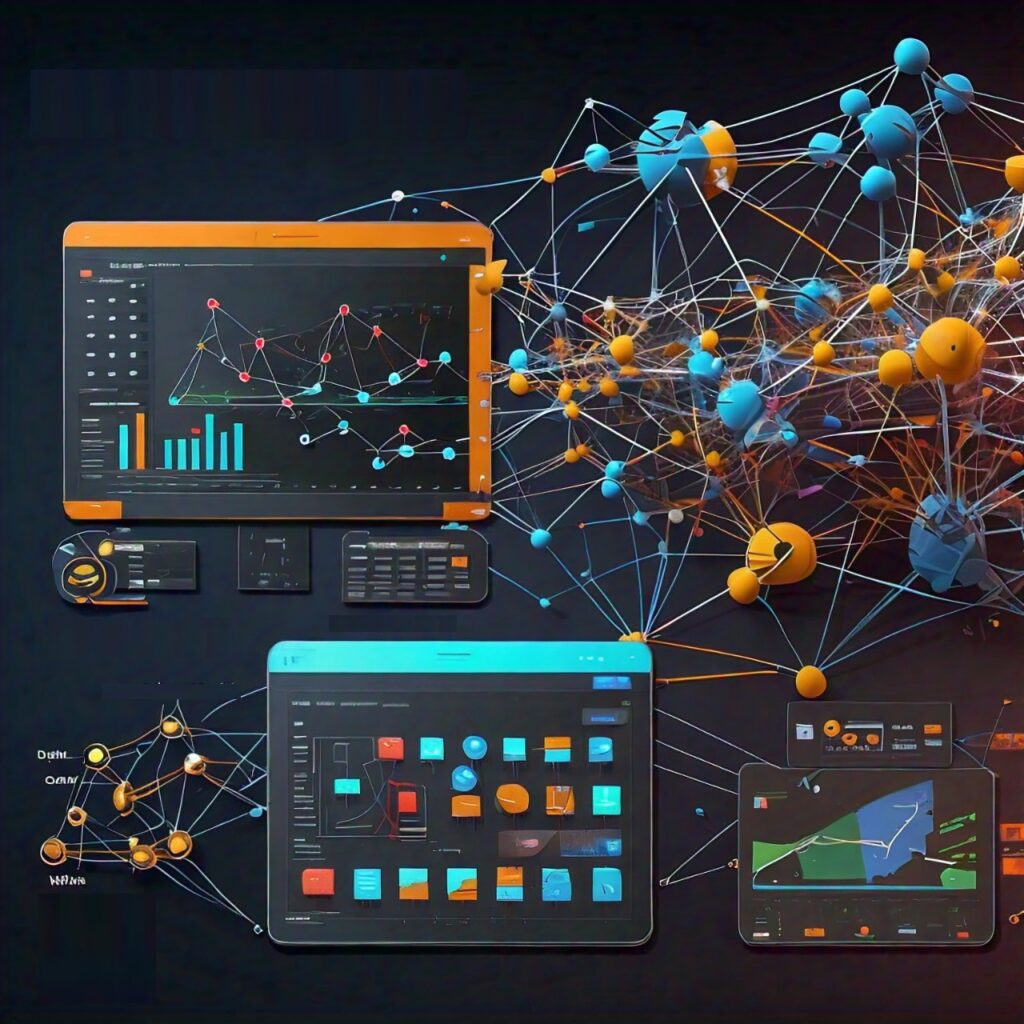
Tableau’s Features for Integrating Data
Tableau is compatible with a large number of data sources, such as big data platforms, cloud services, SQL databases, and spreadsheets. With its powerful data blending and transformation capabilities, users can easily link and combine data from several sources.
The Data Integration Features of Power BI
Power BI is also very good at integrating data because it has a lot of support for different types of data. Users within the Microsoft ecosystem may enjoy a smooth experience thanks to its natural connection with Azure, SQL Server, and other Microsoft products.
Supported Sources of Data for Both
Numerous data sources, including as on-premises databases, cloud services, and third-party apps, are supported by Tableau and Power BI. However, Tableau has an advantage for companies that use a variety of data environments because of its wider support for non-Microsoft products.
Tableau versus Power BI Read Full
Dashboards and Visualization
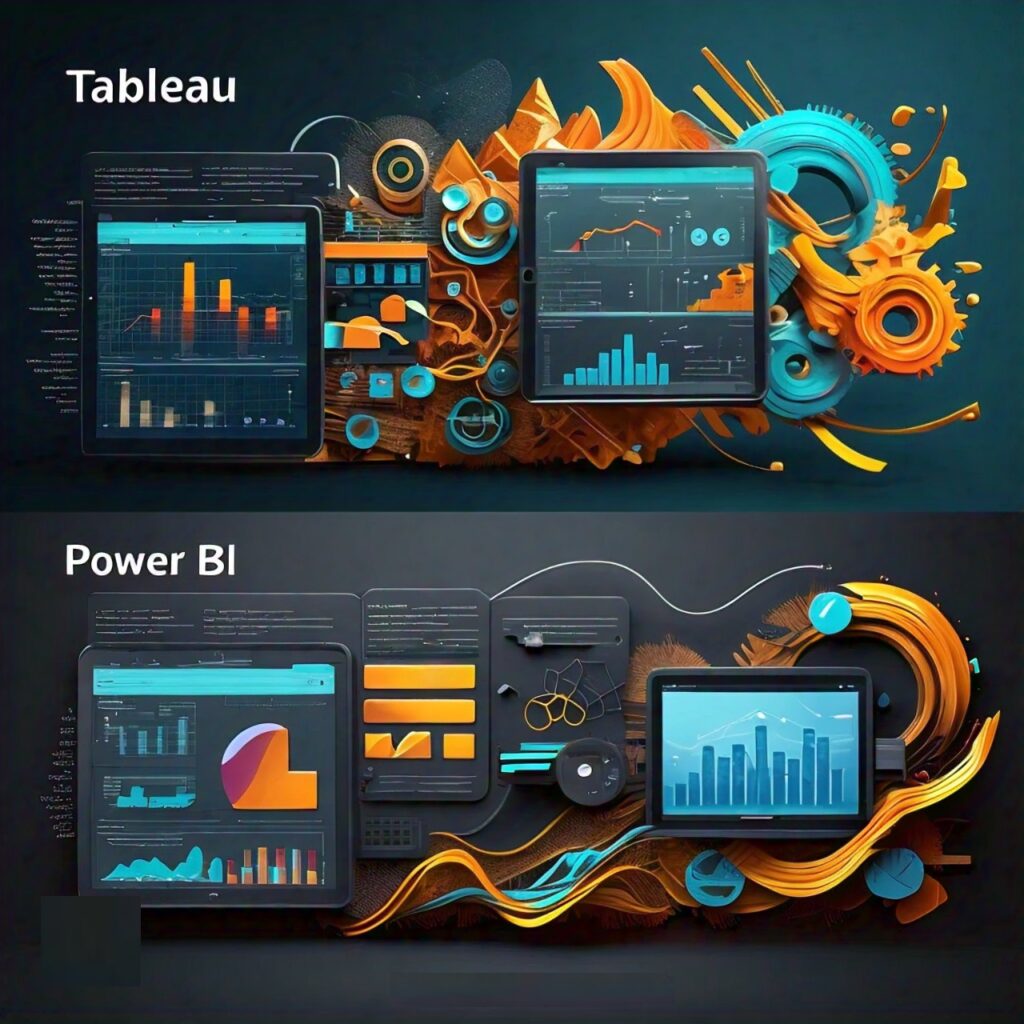
Tableau’s Features for Visualization
Tableau is well known for its sophisticated visualization features. It provides an extensive collection of interactive dashboards, narrative tools, and chart kinds. Users are able to produce beautiful, visually appealing, and informational images.
The Visualization Features of Power BI
Additionally, Power BI offers an extensive collection of visualization capabilities. Users may add more visual components to their reports through its custom graphics marketplace. Some users, however, think Tableau’s graphics are more sophisticated and adaptable.
Both Tools’ Customization and Flexibility
There are several ways to customize dashboards and reports with Tableau and Power BI. With regard to producing distinctive and dynamic graphics, Tableau has a little edge over Power BI due to its more uniform methodology.
Tableau versus Power BI Read Full
Efficiency and Velocity
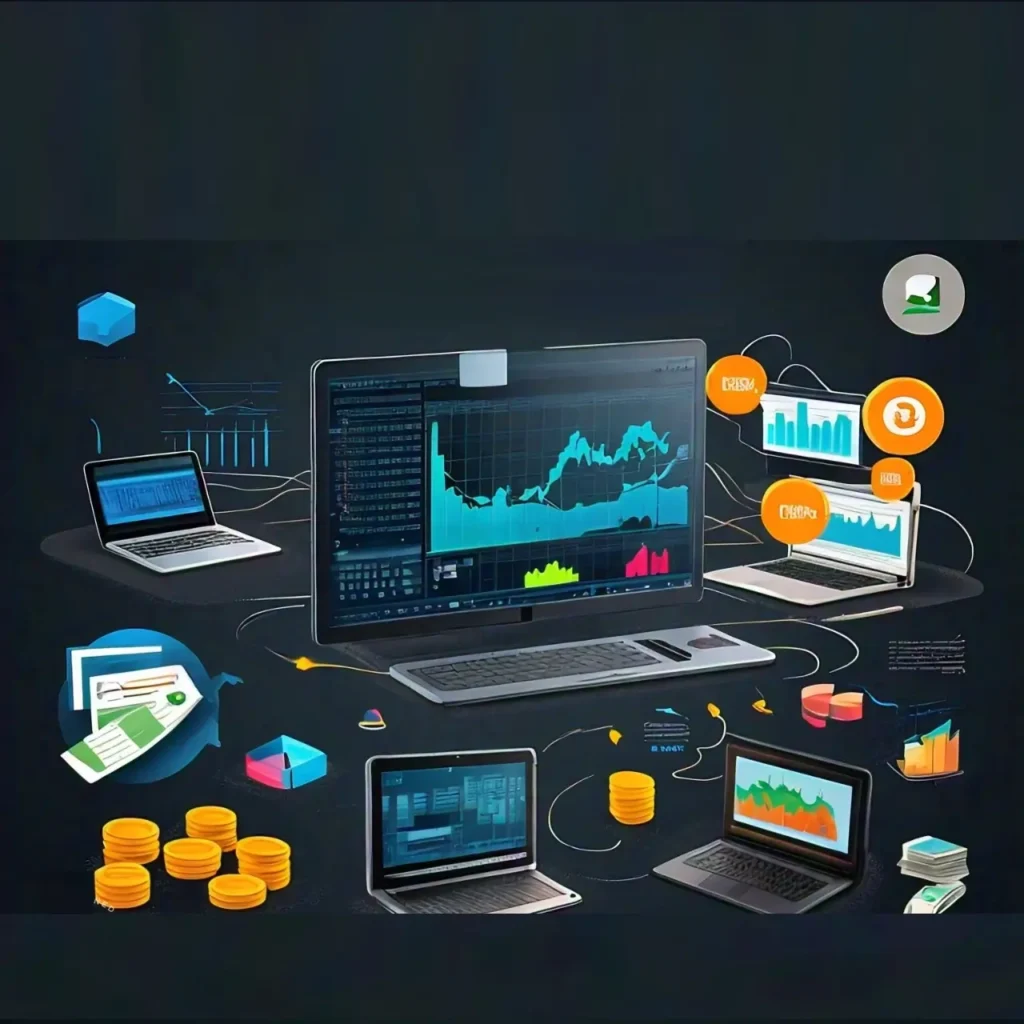
Tableau Performance Benchmarks
Tableau is renowned for its quick processing speed, especially with big datasets. It is appropriate for real-time data analysis because to its in-memory data engine and efficient query execution, which guarantee rapid response times.
Power BI Performance Benchmarks
Power BI’s in-memory analytics engine helps it function effectively with big datasets as well. In contrast to Tableau, some users claim that when working with exceptionally big data quantities, the software performs slower.
The Ability to Scale and Manage Big Datasets
Both systems are effective at handling massive datasets and are scalable. Tableau has an advantage in this area because of its consistently rapid performance, even with sophisticated queries and enormous amounts of data.
Tableau versus Power BI Read Full
Licensing and Pricing
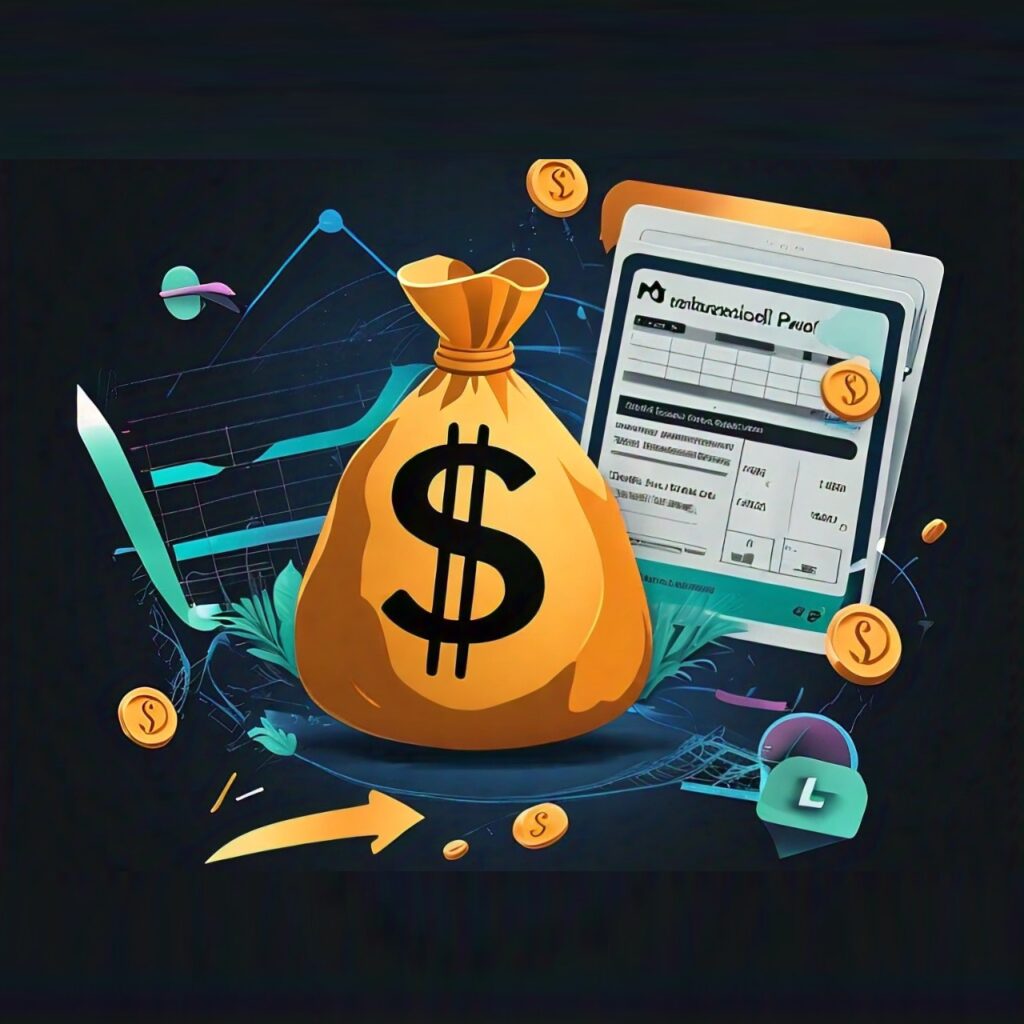
Pricing Plans for Tableau
Tableau has a tiered pricing structure with several options available for individuals, teams, and businesses. Pricing may be more than with Power BI, particularly for larger enterprises.
Pricing Plans for Power BI
With a free edition for basic users and reasonably priced options for professional and corporate customers, Power BI’s pricing is more competitive. Its affordability renders it a desirable choice for small and medium-sized enterprises.
Comparing Cost-Effectiveness
For companies that need more sophisticated data visualization capabilities, Tableau’s extensive feature set and superior performance may outweigh Power BI’s more affordable subscription plan.
Tableau versus Power BI Read Full
Usability
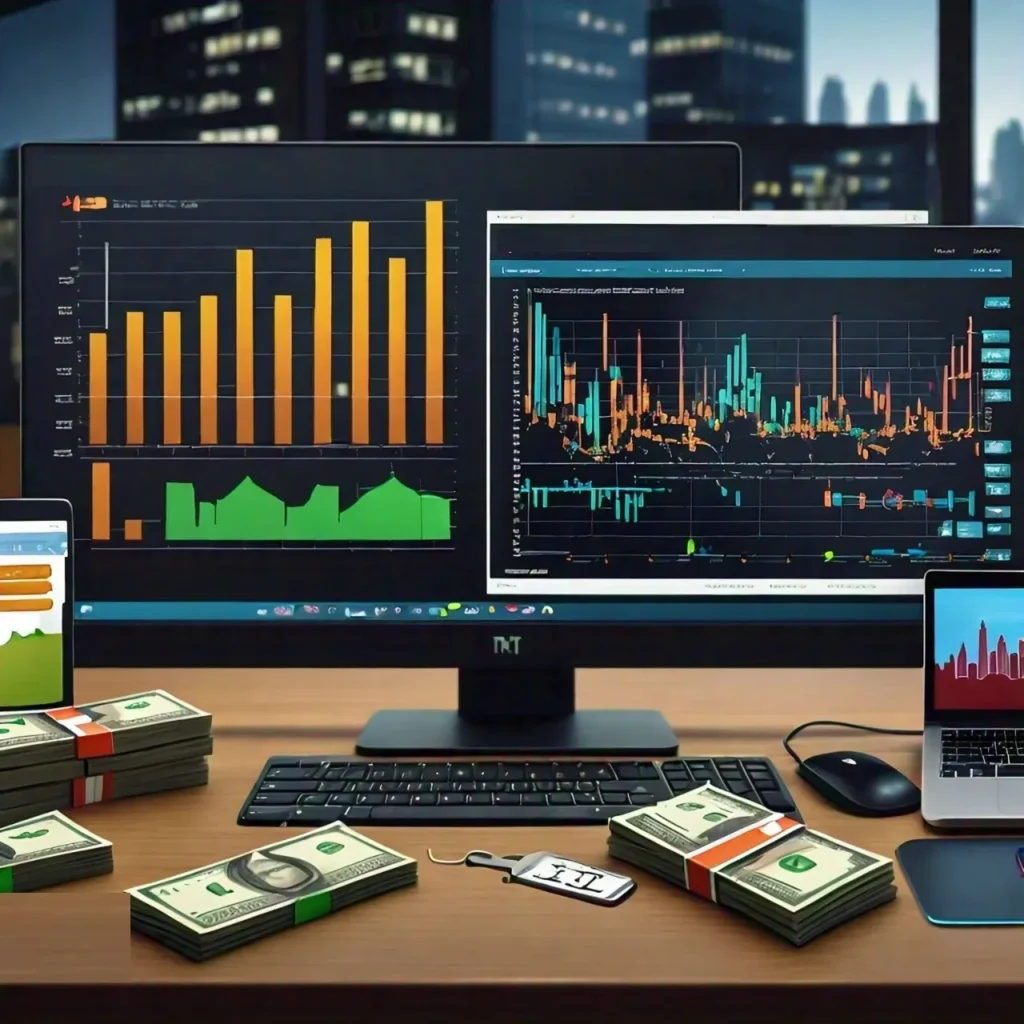
Tableau Learning Curve
The learning curve for Tableau is modest. Although it’s easy to use for simple tasks, more training is needed to become proficient with the sophisticated capabilities. To assist users in being up to speed, Tableau provides a wealth of online resources, tutorials, and a helpful community.
Curve of Learning for Power BI
Those who are already familiar with Excel and other Microsoft applications may find Power BI to be relatively simpler to master. It is usable for novice users thanks to its user-friendly UI and Office 365 integration.
Resources for Support and Training Available
There are several training materials available for Tableau and Power BI, like as webinars, online courses, and discussion boards. The active and friendly Tableau support community is very well-known.
Tableau versus Power BI Read Full
Higher Level Analytics
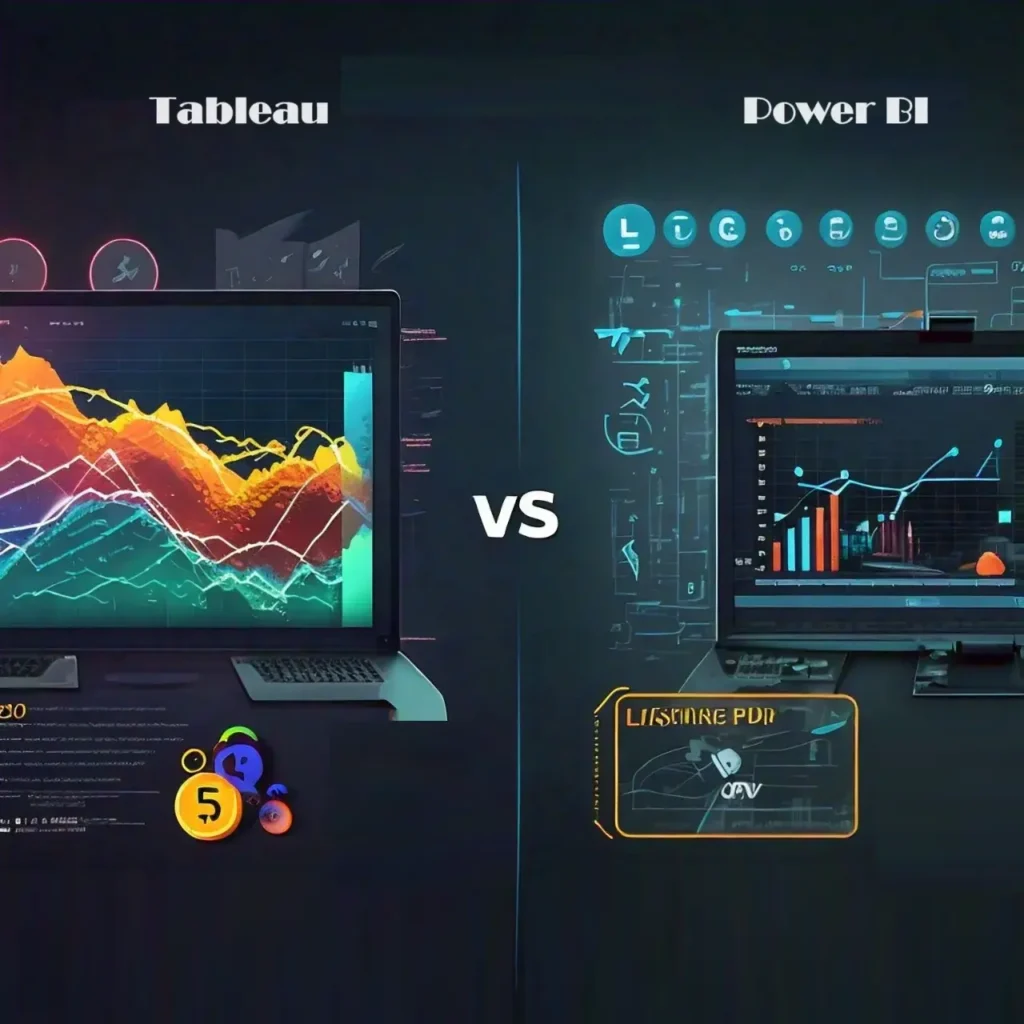
Tableau’s Features for Advanced Analytics
Tableau provides a number of sophisticated analytics features, such as statistical modeling, predictive analysis, and custom analytics interface with R and Python. Its use of visual analytics makes the examination of complicated data easier to understand.
The Advanced Analytics Features of Power BI
With capabilities like AI insights, natural language processing, and integration with Azure Machine Learning, Power BI also facilitates advanced analytics. On the other hand, some users think Tableau’s sophisticated analytics features are more feature-rich and intuitive.
AI and Machine Learning Capabilities
AI and machine learning features are available in both tools. More flexibility is offered via Tableau’s interface with third-party tools like R and Python, while strong analytics are available within the Microsoft ecosystem with Power BI’s inherent AI capabilities and Azure connectivity.
Tableau versus Power BI Read Full
Cooperation as well as Sharing

Tableau’s Features for Collaboration
Tableau Server and Tableau Online enable users to work together on data projects. Team members may collaborate and provide feedback in real time by using interactive dashboards and reports that users can share with them.
The Collaboration Features of Power BI
Power BI is particularly good at teamwork, especially for Office 365-using companies. Its SharePoint and Microsoft Teams connectivity makes sharing and working together on reports and dashboards easy.
Reports and Dashboards Exchanged
Power BI and Tableau both have strong sharing features. Power BI’s interface with Microsoft technologies facilitates easy and effective sharing, while Tableau’s interactive dashboards and narrative elements improve teamwork.
Tableau versus Power BI Read Full
Safety and Adherence
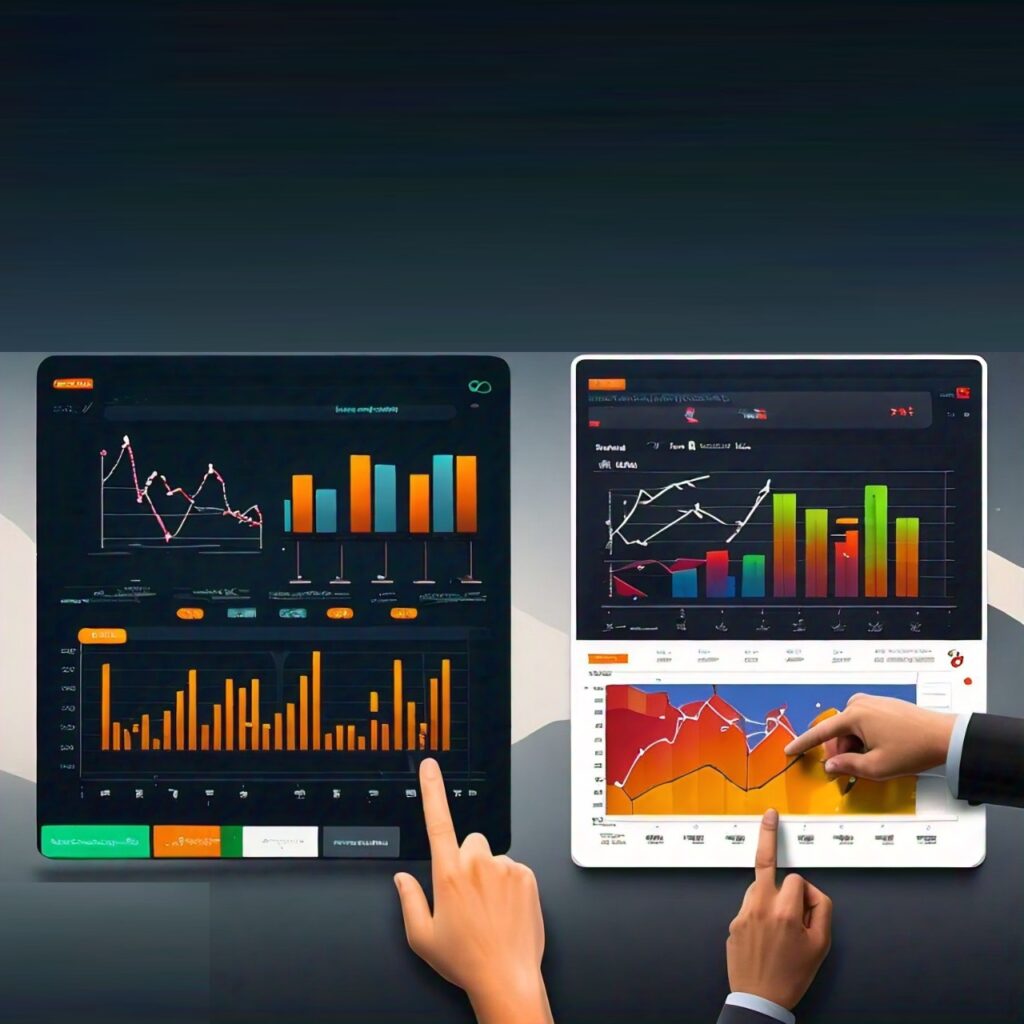
Tableau’s Security Features
Tableau provides a wide range of security capabilities, such as role-based access control, data encryption, and user authentication. It guarantees data security and privacy by adhering to industry standards including GDPR, HIPAA, and SOC 2.
Power BI’s Security Features
With capabilities like data encryption, Azure Active Directory integration, and role-based access management, Power BI also places a high priority on security. It is a safe option for businesses because it complies with several industry requirements.
Adherence to Industry Standards
Because Tableau and Power BI follow industry guidelines and rules, organizations can be sure that their data is safe and complies with legal requirements.
Tableau versus Power BI Read Full
Society and Assistance

The User Community of Tableau
The Tableau user community is lively and dynamic. For users of all skill levels, Tableau Public, Tableau User Groups, and Community Forums provide a plethora of information, advice, and best practices.
The User Community of Power BI
With Power BI User Groups, a thriving online forum, and copious documentation, Power BI has a strong community as well. Users may share thoughts and fix difficulties with the aid of the community-driven support.
Help and Resources Are Available
Both technologies offer a wealth of information and support, including community forums, formal documentation, and training programs. The Tableau community is frequently acknowledged for its involvement and generosity.
Tableau versus Power BI Read Full
Mobility

Tableau’s Features and Mobile App
Tableau provides a mobile application that enables customers to see and manage their dashboards while on the go. The software offers a flawless mobile experience and is compatible with both iOS and Android.
The Features and Mobile App for Power BI
For iOS and Android smartphones, Power BI also offers a mobile app. The application guarantees data accessibility while on the go by enabling users to view and interact with their dashboards and reports from any location.
Comparing Mobile Experiences
Tableau and Power BI provide strong mobile user experiences. The Power BI app is commended for its connection with other Microsoft mobile applications, but Tableau’s app is recognized for its interactivity and user-friendliness.
Tableau versus Power BI Read Full
Combination with Additional Instruments
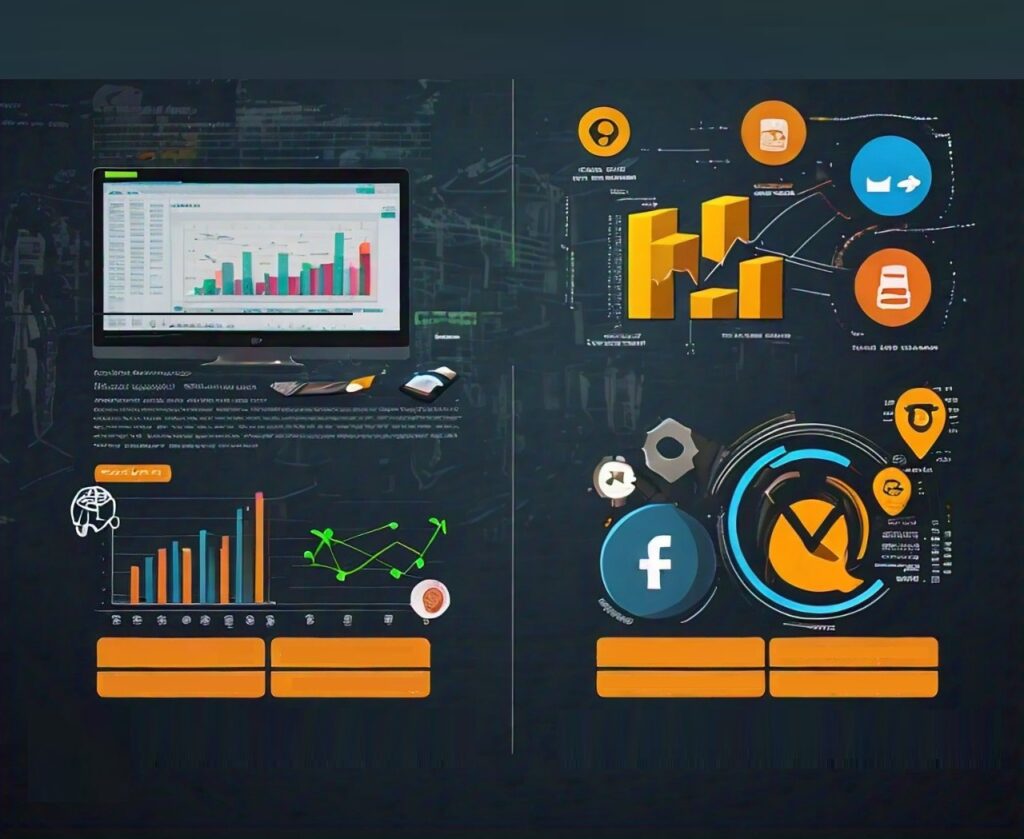
Tableau’s Integration Capabilities
Numerous third-party solutions, such as Salesforce, Google Analytics, and several database systems, are integrated with Tableau. Because of its adaptable API, which enables customized integrations, it is a very flexible option for enterprises.
Power BI’s Integration Capabilities
Users inside the Microsoft ecosystem may enjoy a unified experience thanks to Power BI’s seamless connectivity with other Microsoft products. It also facilitates integration with a wide range of services and apps from third parties.
Integrations with Third Parties and Ecosystems
Tableau and Power BI both provide a wide range of integration options. Tableau’s greater versatility comes from its wider support for non-Microsoft applications, but Power BI’s close connection with Microsoft services offers a seamless experience for Microsoft customers.
Tableau versus Power BI Read Full
In summary

When it comes to the competition between Tableau and Power BI, both products have strong features and capacities that meet various demands. Tableau is a great option for companies who need to analyze large amounts of data because of its superior performance, flexibility, and sophisticated visualization. Power BI is perfect for companies in the Microsoft environment because of its easy to use interface, affordability, and seamless connection with Microsoft products. In the end, the decision is based on your unique needs, financial situation, and current technological setup. Learn more at DataDynamo
Tableau versus Power BI Read Full
FAQs
What distinguishes Tableau from Power BI in particular?
Their core strengths and places of origin are where they diverge most. Tableau is renowned for its cost-effectiveness and cost-integration with Microsoft products, whereas Power BI is best recognized for its sophisticated data visualization and versatility.
Which device is most suitable for small enterprises?
Power BI is a better option for small organizations since it is frequently more affordable and simpler to connect with current Microsoft technologies. However, companies that need sophisticated data analysis may find Tableau’s strong visualization features useful.
Is it possible to utilize Power BI and Tableau together?
Yes, companies may combine the two tools to best utilize their respective advantages. For example, Power BI’s strong data connectivity and reporting tools may be enhanced by Tableau’s sophisticated graphics.
Does Tableau and Power BI have a free version available?
While Tableau offers a free public edition (Tableau Public) for generating and sharing visualizations online, Power BI offers a free version with limited functionality. Additionally, trial versions of both programs’ commercial plans are available.
Which program works best for analyzing data in real time?
Real-time data analysis is supported by both Tableau and Power BI. When managing intricate real-time data scenarios, Tableau has a modest advantage because to its performance and versatility.
